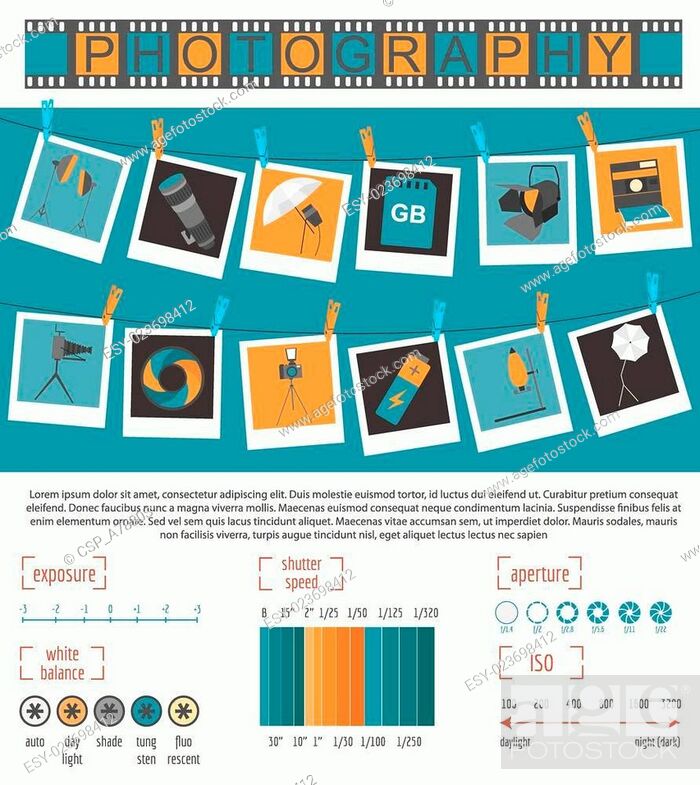What Every Digital Photographer Should Know About Lights
What Every Digital Photographer Should Know About Lights
Blog Article
Post Author-Parks Brady
As a photographer, you recognize that lighting can make or damage your images. Comprehending the nuances of both all-natural and man-made light is necessary for catching the state of mind and clarity you aim for in your work. Whether you're chasing after the perfect golden hour glow or adjust your man-made configurations, mastering these elements can raise your digital photography substantially. Yet there are common pitfalls that lots of overlook, and recognizing them can transform your approach to every shoot. Allow's discover what you may be missing and just how it can impact your outcomes.
Recognizing All-natural Light
Recognizing natural light is important for any photographer wanting to boost their job. Executive portrait 's the foundation of excellent digital photography, influencing mood, tone, and clearness. When you shoot outdoors, focus on the time of day. The gold hour-- quickly after dawn and prior to sundown-- provides soft, warm light that can transform average scenes right into spectacular pictures.
Don't ignore the power of cloudy days. Cloud cover diffuses sunlight, creating a soft, even light that's excellent for portraits and macro photography. You'll locate colors pop in this type of lights without harsh darkness.
Positioning matters, too. Constantly consider your subject's positioning to the light. If the sunlight's behind your subject, you might wind up with a shape, which can be dramatic yet mightn't be what you desire. On the other hand, direct sunlight can create uncomplimentary darkness.
Explore angles; sometimes, altering your perspective can generate impressive outcomes. Usage natural reflectors, like water or sand, to jump light onto your topic, adding measurement.
Learning Artificial Light
Understanding man-made light is essential for professional photographers who want to take their skills to the next level. Whether you're making use of speedlights, workshop strobes, or continual lights, recognizing how to control these sources can significantly boost your pictures.
Beginning by familiarizing yourself with the basics of light top quality, instructions, and color temperature level. Trying out different modifiers like softboxes, umbrellas, or grids to manage the softness or cruelty of the light.
You'll discover that soft light typically creates lovely results, while harsher light can add drama and deepness. Don't shy away from shadows; they can boost the three-dimensionality of your subjects.
Pay close attention to the positioning of your lights. https://blogfreely.net/kendall2597raina/contrasting-popular-cameras-which-one-is-best-for-you located as well close to your subject can produce uncomplimentary results, while also away can lead to an absence of detail. Utilize a light meter or your electronic camera's pie chart to guarantee you're subjecting properly.
Last but not least, bear in mind that synthetic light can be blended with ambient light for imaginative results. Balancing these sources might take technique, once you master it, your digital photography will absolutely radiate.
Techniques for Different Scenarios
When you step into various shooting circumstances, adjusting your illumination strategies is vital for catching the most effective pictures. For outdoor portraits, utilize the gold hour-- early morning or late afternoon light-- to soften shadows and improve skin tones.
If it's a severe midday sun, consider making use of a reflector to bounce light back onto your subject or look for shaded locations for an extra also direct exposure.
In low-light circumstances, like interior events, increase your ISO and utilize a wide aperture to let in more light. A tripod can aid remove video camera shake, allowing for longer exposures without blurring.
If you're contending night, try out off-camera flash to create dynamic illumination and depth in your photos.
For item digital photography, use diffused illumination to avoid extreme representations. Softboxes or light outdoors tents can assist attain this impact.
When photographing landscapes, take into consideration the direction of light and time of day, as it can drastically transform the mood of your shot.
Always be ready to change your setups and placing based on the scenario, as versatility is vital to grasping illumination in digital photography.
Verdict
In conclusion, grasping lights is vital to raising your photography skills. Welcome all-natural light's appeal throughout golden hour, and do not avoid trying out fabricated light techniques. By adjusting your method to different circumstances, you'll capture spectacular photos that resonate with emotion and clearness. Keep in mind, the ideal illumination can change an ordinary shot into something extraordinary, so maintain practicing and refining your understanding of both natural and artificial light. Delighted shooting!
